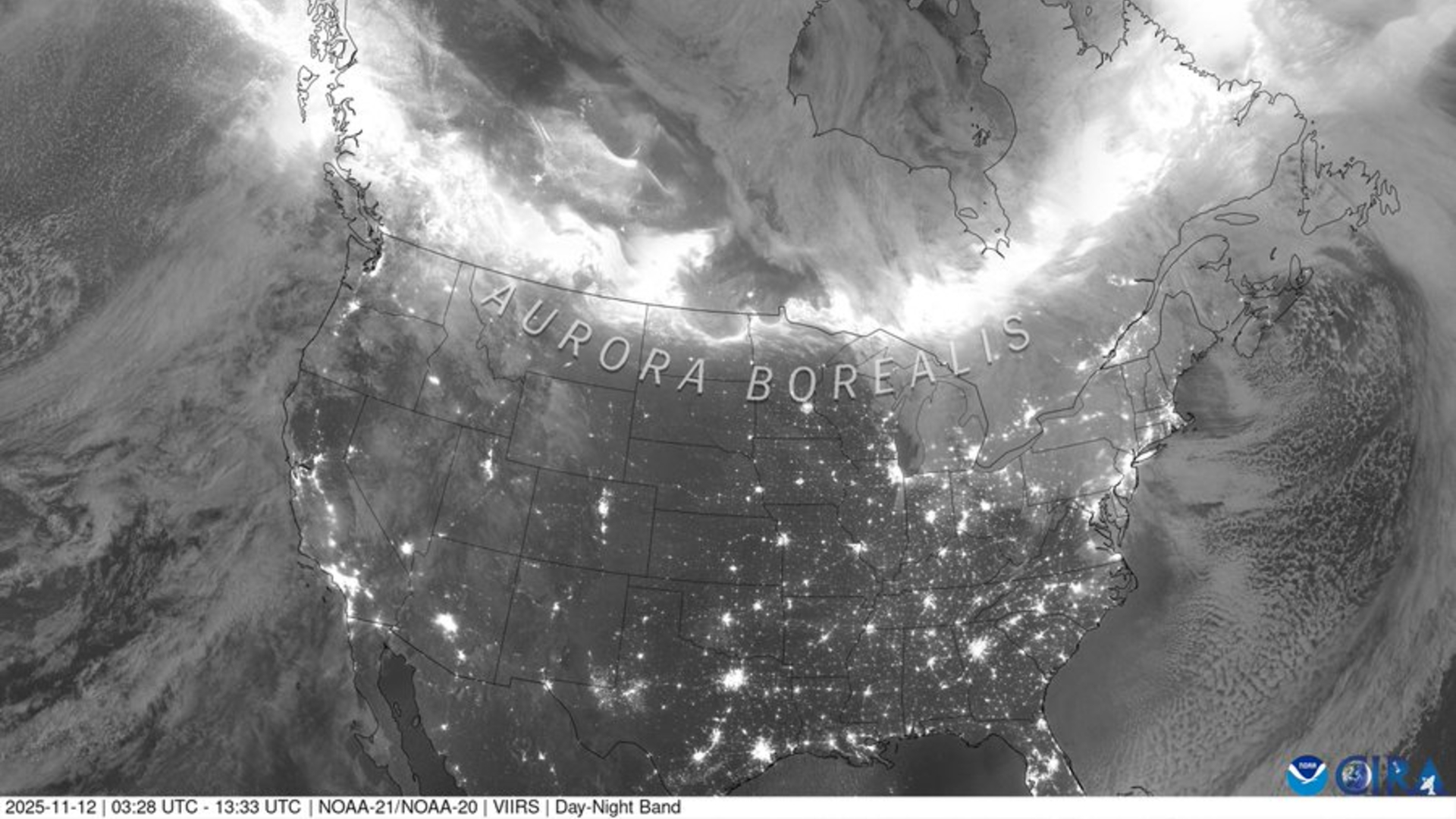Comparing Craters on Earth and the Moon
Meteor impacts have shaped the Earth and the moon sinceearly in the history of the solar system.
Both worlds have been and continue to be bombarded bymeteorites. Up until a couple billion years ago, they were regularly pummeledby huge space rocks that carved massivecraters; many of the wandering rocks left after the solar system'sformation 4.6 billion years ago have since been scooped up by the planets andthe sun, and things have calmed down.
But why isn?t the Earth as pockmarked as the moon?
On Earth, wind, water, and vegetation rapidly (on geologictimes scales) erase craters. With few exceptions, even the largest craters areeventually destroyed by the processes of plate tectonics. On the Moon, however,craters are virtually permanent. The only weathering is caused by later impactsand the solar wind. A ?fresh? crater on theMoon can be hundreds of millions of years old.
This week NASA released two images that compare recentimpact craters on the Moon and Earth. Each has a resolution of about 6 feet (2meters) per pixel, and illumination is from the right.
The bright ?rays? surrounding thelunar crater show that the impact was relatively recent ? lessthan 500 million years ago. Fresh material (ejected by the impact) on the lunarsurface is initially bright, and it darkens over time. Boulders formed fromcompressed lunar dust and soil litter the crater floor.
In contrast, a hole in the Earth called MeteorCrater (also named Barringer Crater) is only 50,000 years old.Despite the weathering of terrestrial craters, this one is fairly wellpreserved in the arid climate of the Colorado Plateau in Arizona.
Breaking space news, the latest updates on rocket launches, skywatching events and more!
Meteor Crater formed from the impact of an iron-nickelasteroid about 46 meters (150 feet) across, NASA states. Debris from the asteroidmelted or vaporized on impact. The collision initially formed a crater morethan 1,200 meters (4,000) feet across and 210 meters (700 feet) deep.Subsequent erosion has partially filled the crater, which is now only 150meters (550 feet) deep.
While both planetary bodies get pelted by small meteoritescontinuously, though most are too small to reach the ground on our planet.Asteroids measuring roughly 50 meters (160 feet) across strike the Earth every1,000?2,000 years. Bigger asteroids larger than 1,000 meters (3,300 feet)across typically strike every 100,000 years.
- ImpactCraters: Earth and Beyond
- New Moon MapReveals Shrouded Craters
- NewPhotos: Earth From the Moon

Space.com is the premier source of space exploration, innovation and astronomy news, chronicling (and celebrating) humanity's ongoing expansion across the final frontier. Originally founded in 1999, Space.com is, and always has been, the passion of writers and editors who are space fans and also trained journalists. Our current news team consists of Editor-in-Chief Tariq Malik; Editor Hanneke Weitering, Senior Space Writer Mike Wall; Senior Writer Meghan Bartels; Senior Writer Chelsea Gohd, Senior Writer Tereza Pultarova and Staff Writer Alexander Cox, focusing on e-commerce. Senior Producer Steve Spaleta oversees our space videos, with Diana Whitcroft as our Social Media Editor.
